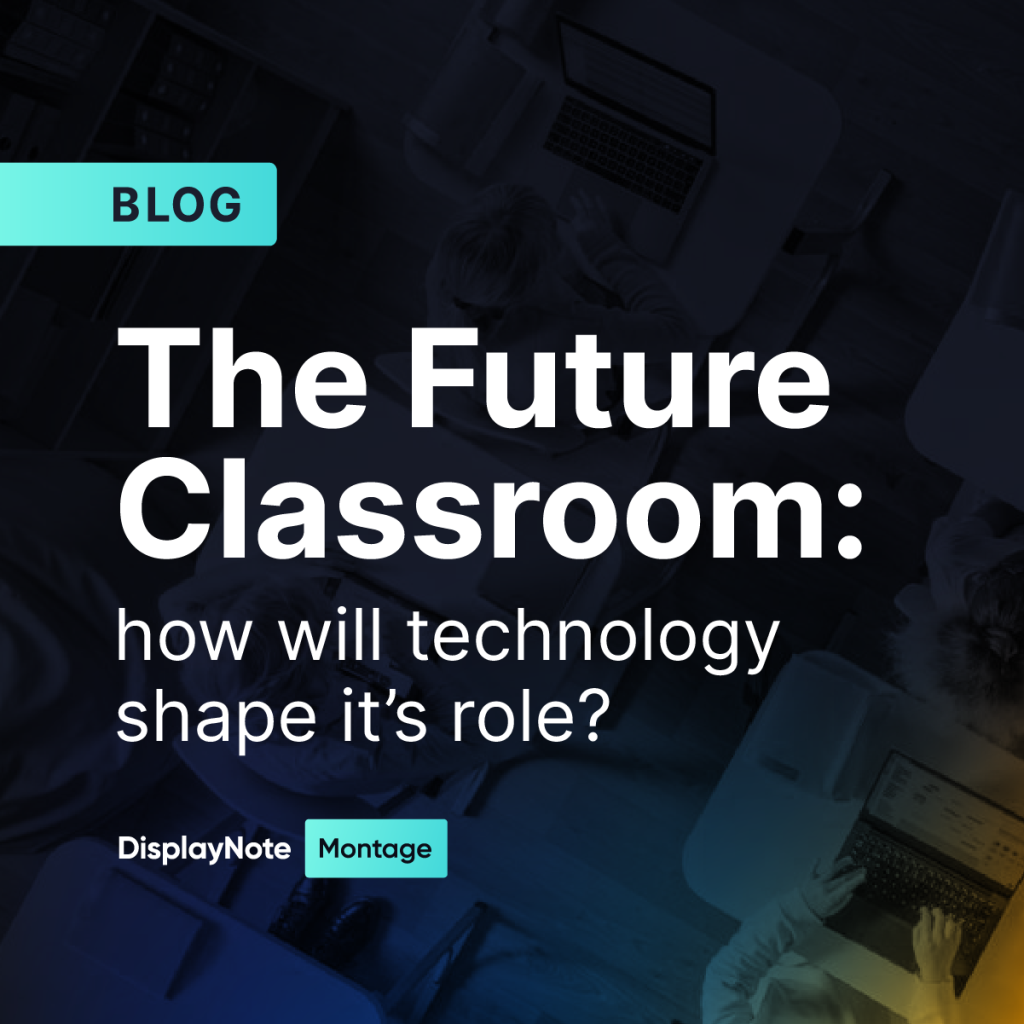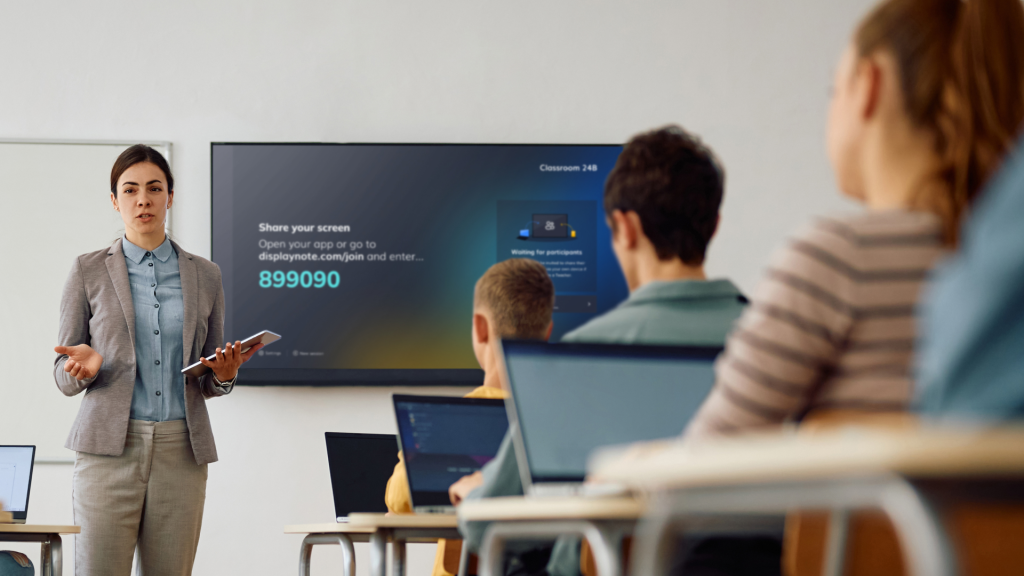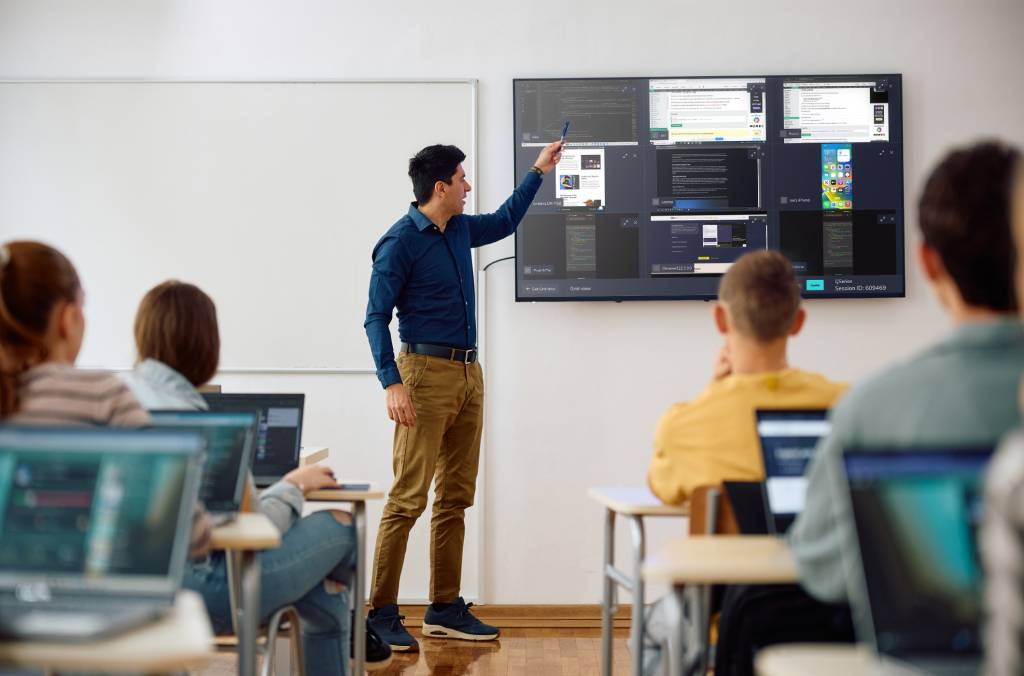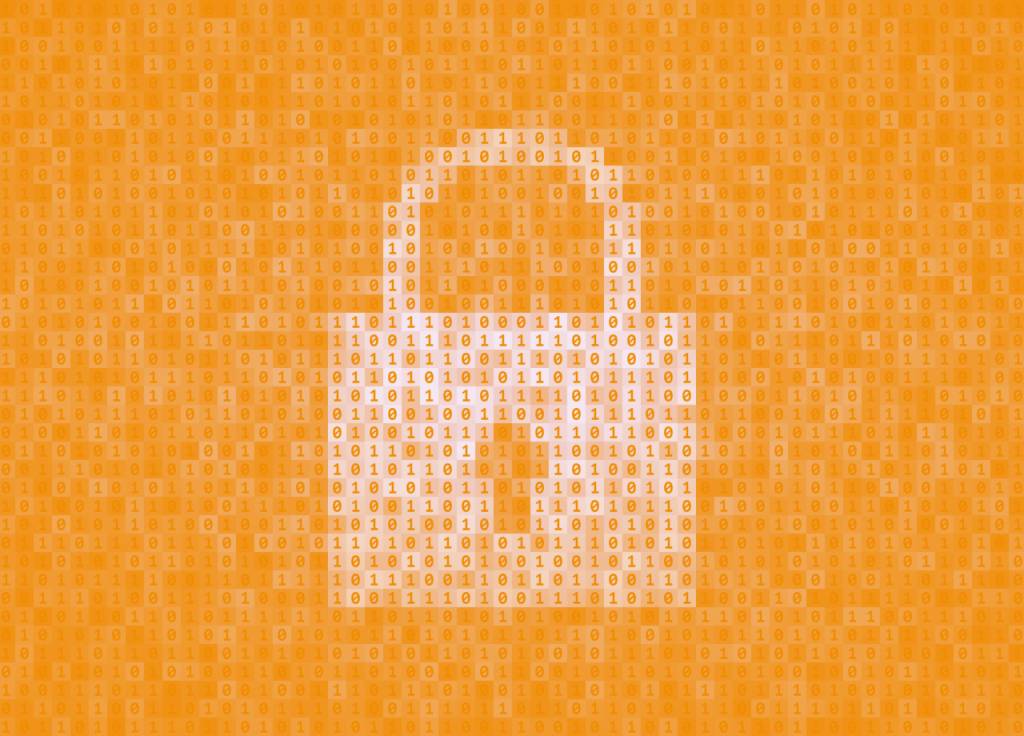
How will technology shape the future classroom’s role?
Few industries have seen as dramatic a shift in day-to-day operations as the education sector. As countries across the world went into mandatory lockdowns in March 2020, teaching was forced to rapidly move from the brick-and-mortar surroundings of the classroom to the virtual conference rooms of the internet.
This sudden transition was difficult to process for many reasons; Firstly, there had been no time to prepare. Secondly, a mild sort of technophobia seems to haunt a lot of schools, with insufficient investment arguably to blame.
Contrary to what some cynics might have predicted, the education sector has emerged from the whole ordeal more robust and adaptive than before. Of course, no one wishes for remote learning to replace face-to-face teaching long-term. Still, the real triumph from the pandemic is arguably the mass roll-out of updated technologies and teaching methods that would otherwise have taken years to implement.
School boards and governments have realized the massive potential new technology holds both inside and outside of the classroom; greater capacity for content mastery, better accessibility, more inclusivity, and active two-way learning. These are just some of the benefits better technology leverage will bring to the classroom, and as a result, Edtech is firmly on the curriculum.
Daily technology use will increase.
- Pre-Covid: classrooms were using technology 30-35 minutes a day on average.
- Covid: usage has surged to 4-5 hours per day.
- Post-Covid (Today): Multiple hours a day as teachers have become more confident and proficient with technology.
EdTech training is essential.
There is a pressing need for initiatives that support teachers to better use technology in the classroom, particularly for incorporated blending learning practices. By building the capacity of educators right now, schools can create a more sustained practice that supports differentiated approaches to learning long-term.
Who is using the technology in the classroom also appears to matter; technology in the hands of teachers is associated with better student performance than technology in the hands of students.
To get the most out of new technology and practices in the classroom, training and professional development should aim to create:
- Teachers who feel comfortable interacting with hardware and software inside and outside of the classroom
- Teachers who feel able to support students use of devices inside and outside of the classroom
- Teachers who feel confident creating, distributing, and presenting content. Create content that is engaging, valuable, and accessible. Regularly update online resources. Able to review and feedback on students’ work digitally.
- Create content that is engaging, valuable, and accessible.
- Regularly update online resources.
- Able to review and feedback on students’ work digitally.
Classrooms will have a digital twin.
The digital twin model has risen to fame in recent years. A digital twin model is defined as “a virtual representation of a physical product or process, used to understand and predict the physical counterpart’s performance characteristics.”
Put simply; a digital twin acts as a bridge between the physical classroom and the online learning portal. The digital twin will contain the same resources and content that have been covered in the classroom. As virtual classrooms became essential to learning this year, it provided many schools with a test-run of creating digital twins.
Students are awake for 6,000 hours a year; however, they spend just 15% of this time in school. The question arises of how educators can leverage digital infrastructure to increase content mastery in the remaining 85% of students’ time. Digital twin models naturally lend themselves to facilitating learning outside of the classroom. Students can access learning materials and lessons outside of school times, giving them more time to get familiar and confident with the concepts.
Online content also creates more accessible classrooms for students who may have difficulties accessing the physical classroom. Students will be able to follow the content from home in their own time, should they not attend class.
Is online learning as effective?
Some research shows that students retain 25-60% more material on average when learning online, compared to only 8-10% in a classroom. This is partly due to the students being able to learn faster online; e-learning requires 40-60% less time to learn than in a traditional classroom setting because students can learn at their own pace, going back and re-reading, skipping, or accelerating through concepts as they choose.
However, this comes with a caveat (as do most useful statistics); children tend to respond better to online learning when it occurs in a structured environment. To avoid the daily barrage of distractions, e-learning is most successful when implemented within this type of environment. What does a structured environment look like? In short, a classroom. Somewhere where there’s a physical presence from an instructor, where students are engaged, prompted, and rewarded. Somewhere where a games console isn’t with arms distance…
Research has also suggested that e-learning will not be as effective for students who do not have access to the latest technology or who lack conducive environments at home. School districts need to include provisions and policies that ensure parity between students when leveraging technology for learning.
It’s also worth considering the pastoral care role of the educator in the classroom. Students often rely on the contextual elements of face-to-face communication to build connections with the teacher and reinforce learning; hand gestures, posture, tone of voice. When it comes to forming and maintaining teacher-student relationships, online exchanges can only go so far.
Software made especially for the classroom.
Our Montage software is a wireless screen sharing tool that lets you share your content to the main display. Whether it’s a video, presentation, document, or webpage – Montage makes it easy for teachers and students to wirelessly screen their share from any device. Learn more here.
Want to stay in the loop?
Keep up-to-date with everything DisplayNote – including new releases, job openings, and customer giveaways.
Don’t worry, we’ll not spam you and we’ll never share your email with anyone







